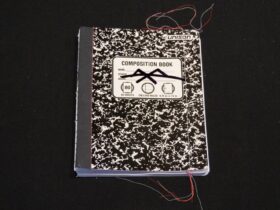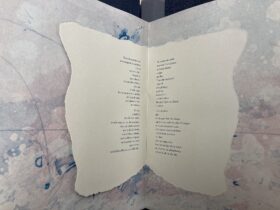The Serpent Charmer: a Tale of the Indian Mutiny is an English translation of the 1879 French edition: Le Charmeur de Serpents. Published by Charles Scribner & Sons, this book is the First American edition. Its highly decorated binding is typical of the crowded ‘bulletin board” style of the late 1870s and early 1880s. The book has a full red cloth binding with reflective black and gilt stamping and overlapping elements on the front cover and spine. The titles are in gilt, black and red. The front cover is illustrated with an elaborate wood cut print of Kali, the Hindu goddess of empowerment, and taken from one of the books sixty-three black and white prints.
Louis-Théophile Marie Rousselet 1845-1929) was a French writer, a photographer and pioneer of the darkroom, and traveller. He was in India from 1864 to 1870. He spent much time in central India (Alwar, Baroda, Bhopal, Gwalior, Udaipur) and Rajasthan). The Serpent Charmer is a fictional tale based on the Sepoy Rebellion [also known as the Indian Rebellion or the Indian Mutiny] of 1857.
In May of 1857, sepoys [Indian infantrymen] in the British East India Company’s army rose up against the British in response to rapid cultural changes being imposed upon Indians by the ruling British. The unrest spread to other army divisions and civilian towns across north and central India and, by the time it was over, hundreds of thousands or even millions of people had been killed.
The Indian Revolt of 1857 lasted until June of 1858. In August, the Government of India Act of 1858 dissolved the British East India Company. The British government took direct control of the half of India formerly under the company, with various princes still in nominal control of the other half. Queen Victoria became the Empress of India. The last Mughal Emperor, Bahadur Shah Zafar, was blamed for the revolt (although he played little role in it). The British government sent him into exile in Rangoon, Burma.
Unfortunately, the Indian Revolt of 1857 did not result in freedom for India. In many ways, Britain reacted by taking firmer control of the “crown jewel” of its empire. It would be another ninety years before India gained their independence.
The Serpent Charmer: A Tale of Indian Mutiny can be found in Special Collections located on the second floor of the Bartle Library.







